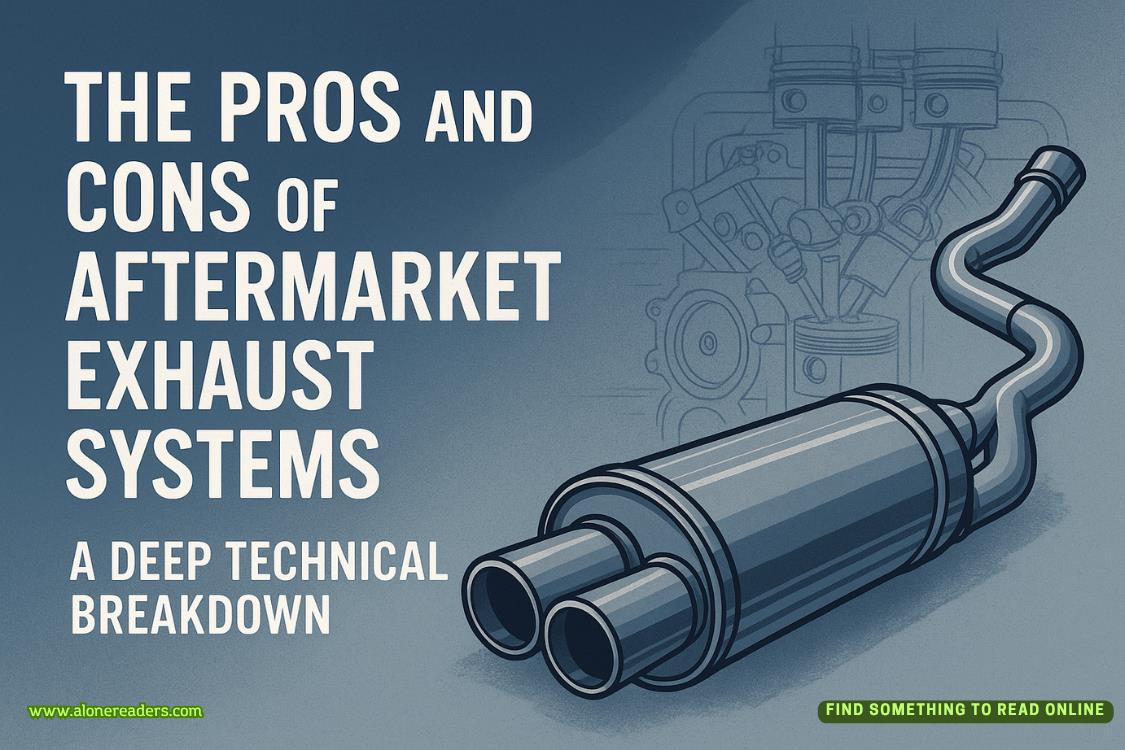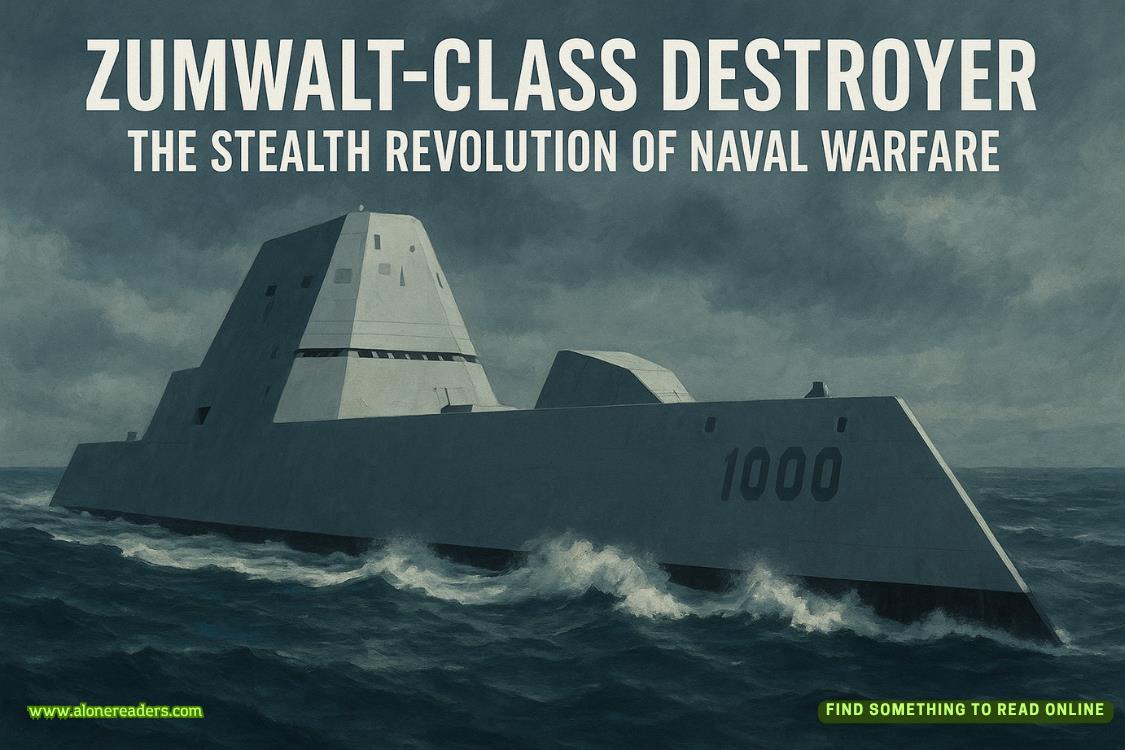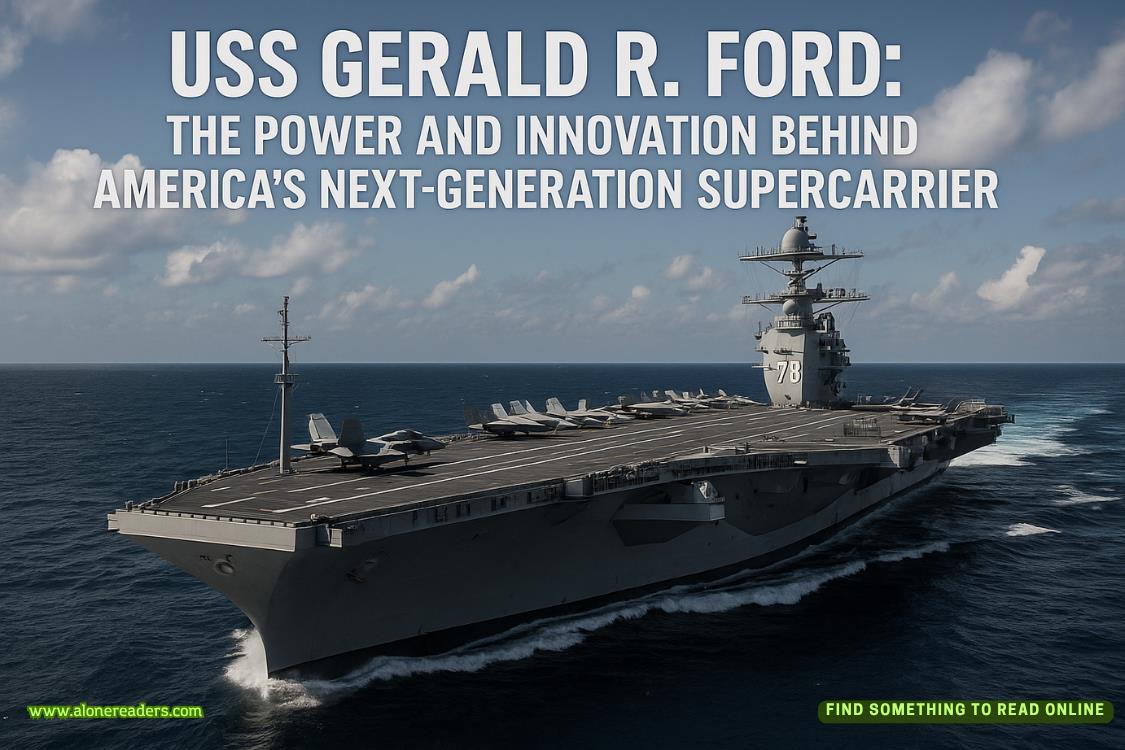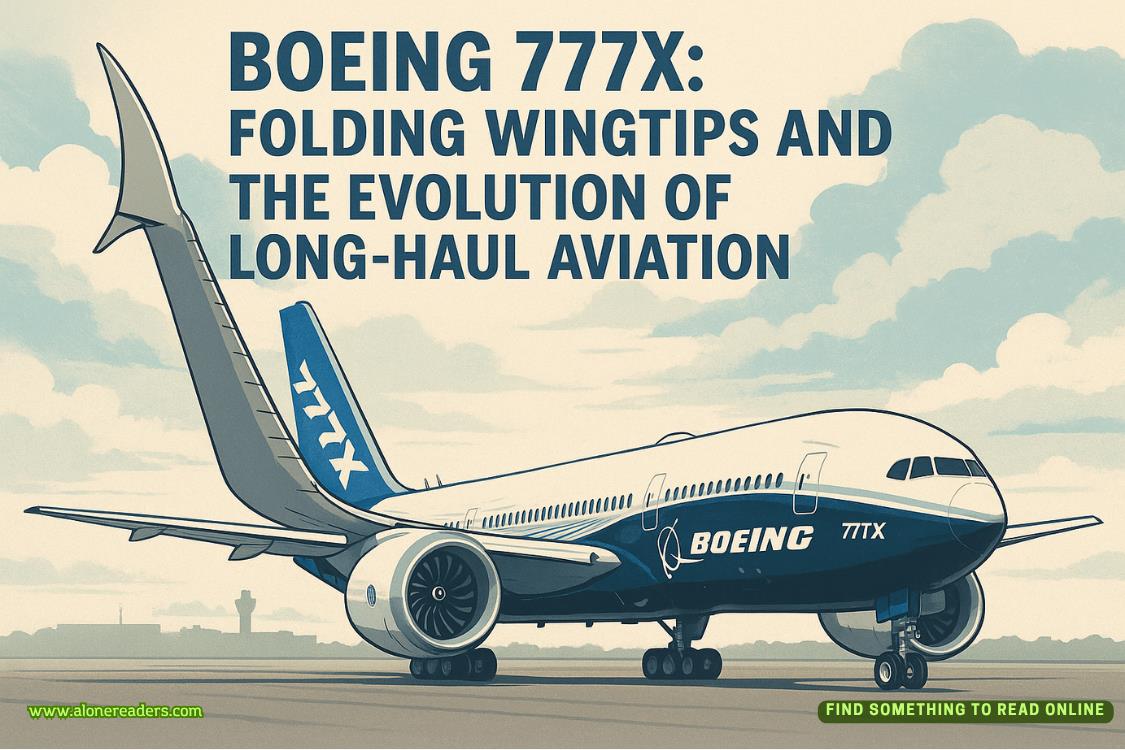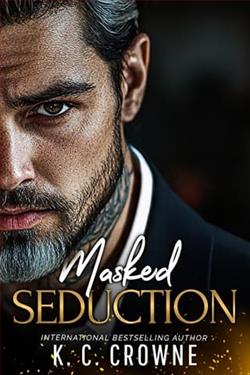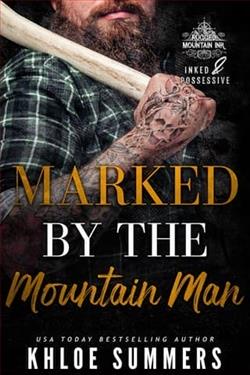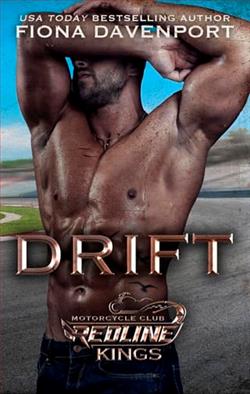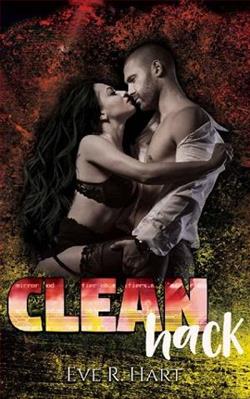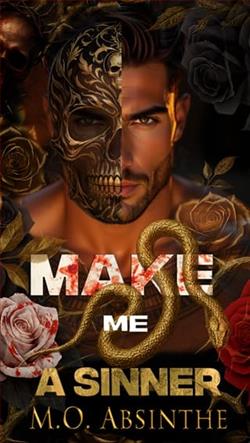Page 106 of The Last Kingdom
“You know about that?” Malone asked.
“I have always believed he devised this entire scheme. And now we have proof. The lawyer Lehmann, Ludwig III’s private counsel, has confirmed it all to be true.”
“So what does the riddle mean?”
“For that we need to take a drive. Not far. But I can show you.”
They were now deep into the alpine foothills, speeding down a black line of asphalt that cut a path through snowy meadows. Scattered icy white petals floated down from an ever-blackening sky, visible in the car’s headlights. They rounded a bend in the highway and a spectacular sight came into view a couple of miles away.
Neuschwanstein.
Shimmering in the crystalline late-afternoon air.
One of Ludwig II’s three spectaculars.
Towers, turrets, castellated walls, all seemingly inaccessible, glowed from spotlights that fired an incandescent blast of dazzling brilliance onto its white marble walls. It sat three thousand feet high, rising from its rocky summit with the stately grace of an old-world German knight’s castle. Its symmetry seemed anchored in the artistically arranged graduations of height and the pinnacle-covered roof, all the personification of ancient defiance and lordly power, satisfying any and all conceptions of what a royal stronghold should be. Which had probably been Ludwig II’s whole intent. What had he read once about indulging passions?The appetite increases the more it is fed.Ludwig’s certainly seemed insatiable. Easy to see how Walt Disney became inspired in the 1930s to create Sleeping Beauty’s castle after paying this place a visit.
“Is that where we’re going?” Derrick asked Fenn, pointing to the castle.
“It is. I am close friends with the curator. He’s waiting for us.”
“To do what?’ Malone asked.
“Everything you have found so far,” Fenn said, “leads to the last place Ludwig II occupied before being deposed. His final redoubt. Where they took him into custody. This castle. I dare say that Ludwig III chose the elements of his mystery game with a great amount of symbolism.”
They kept speeding down the darkened roadway, rolls of snow lining its edges. Fenn slowed as they came to a cluster of gift shops, hotels, and parking lots that accommodated the crowd of visitors. Few were around. Definitely not tourist season. But Christmas was evident from the colorful decorations and evergreen boughs on the quaint buildings and light poles. They passed a horse-drawn carriage that contained six people huddled under wool blankets.
“Normally you walk up, take one of the carriages, or take a shuttle bus,” Fenn said. “We’ve been granted permission to drive.”
Fenn turned left and headed up a narrow, steeply ascending road. They passed a few other intrepid visitors who were walking down. Light snow continued to fall. Finally, Fenn parked in a cul-de-sac, surely where the buses and carriages turned around on their trips up and down.
“We walk from here,” Fenn said.
They stepped out into the cold, dry air and Derrick buttoned his coat and turned up the collar. Malone did the same. Neuschwanstein rose high above them. No moat or outer protective wall offered any security. Instead, the impressive edifice screamed a proud, kingly glory, seemingly unassailable on all sides from invaders. They trudged up an asphalt path and Derrick saw that on three sides the rocks descended steeply down to a deep gorge.Only the south side of the mount, where they were walking, was approachable. The sound of falling water could be heard, but not seen, in the distance.
He stopped and listened.
“The Pöllat gorge accommodates a waterfall about fifty meters high,” Fenn said. “Maximilian, Ludwig II’s father, constructed a wooden bridge across it and named it after his wife, Mary. Ludwig II rebuilt that bridge out of iron when he started construction on Neuschwanstein. It crosses ninety meters above the gorge.”
“It’s not lit?” Malone asked.
“In summer. But not this time of year. The view of the castle from it is most impressive.”
They walked more.
“In Ludwig II’s day, where we are standingwas a graveled path,” Fenn said. “The commission that came to take the king into custody was confronted by armed locals right here. Ludwig watched from up there”—Fenn pointed—“in the principal tower.”
“You know this stuff,” Derrick said.
Fenn nodded. “It has been an interest of mine for a long time. I am just glad that my knowledge can now prove useful.”
They kept walking, climbing up the steep path.
“It took thirteen years to build this masterpiece,” Fenn said. “It cost a hundred twenty million gold marks. That was an enormous sum. A stupendous fortune. It placed a huge financial hardship on Ludwig, since he used his own money. Contrary to popular culture, Ludwig did not drain the Bavarian treasury building castles. He used the money allocated to him each year for his household upkeep, along with borrowed money, to build his dreams. But what irony, that what bankrupted Ludwig now produces millions of euros in revenue every year for Germany.”
Derrick stared up at the gatehouse’s redbrick facade, richly ornamented by the cupolas of arched windows, battlements of projecting balconies, leaning roofs, and side fighting towers. The Bavarian coat of arms hung above the main gate. A couple, walking arm and arm and huddled in thick coats, strolled out.
He turned back and stared out at the dark countryside. In the dim light, the view extended for miles to the west, lights dotting the vista, some stationary, most likely houses or farms, others cars moving down the highway they’d navigated on the way in. The hushed silvery landscape glowed here and there with its own luminosity. The glow from the moving cars seared into his retina in a confusing white swirl of brightness and movement.


